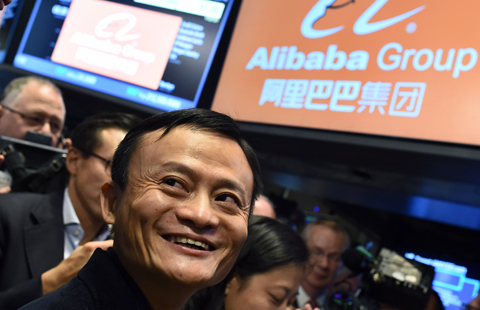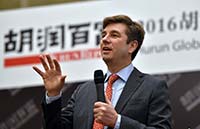Income inequality plan a test of will to reform
By Mark Williams (China Daily) Updated: 2012-12-13 08:23The fact that the government acknowledges the need to do something to redress these imbalances reflects its recognition of the fact that widening inequality is not just a major social concern. It is also a threat to China's ability to maintain rapid economic growth. Widening inequality has gone hand-in-hand with rising saving because the major beneficiaries of the last few years' growth, company owners and their senior managers, tend to save more than they spend. The latest China Household Finance Survey shows that the top 5 percent of households by income saved 69 percent of their income and accounted for 62 percent of total household savings. The shift to a consumption-led growth model, which is at the heart of the 12th Five-Year Plan (2011-15), will happen only if ordinary households have more money to spend.
What might an effective plan to reduce inequality look like? At its core would be efforts to steer more of China's income toward average families.
The most effective steps would focus on boosting competition, job creation and after-tax wages. Protected parts of the economy should be opened up to the private sector. Dominant SOEs should be exposed to more competition from private competitors. The banking system and the wider financial sector should be liberalized so that smaller companies can easily access the capital they need to invest. Subsidies to large companies, in particular the provision of cheap loans, should be withdrawn to level the playing field. And the tax burden should be reduced.
These would be bold steps and not easy to implement. Indeed, they would involve wrenching changes for many protected parts of the economy, which presumably explains why the government has struggled for so long to agree on how to proceed.
But sticking with the status quo is not an option. Widening inequality has welfare costs and will undercut any effort to put the economy on a more sustainable path. In contrast, successful reform would have a transformative effect on China's prospects, setting the stage for another decade of strong economic growth.
The author is chief Asia economist at Capital Economics, a London-based independent macroeconomic research consultancy.
- ADB says China 'on track to meet growth projections' this year and next
- Internet of Things moves into mainstream: new study
- Hyundai imports dealers join hands to demand compensation
- China's home price growth moderates in June
- New company off to a flying start in nev race
- Magazine urges Tesla to drop Autopilot name
- Experts warn NEV sector could overheat amid sales surge
- On a buying spree for global health assets


















